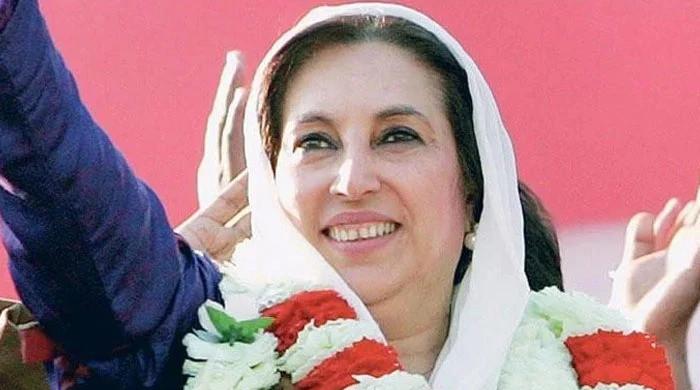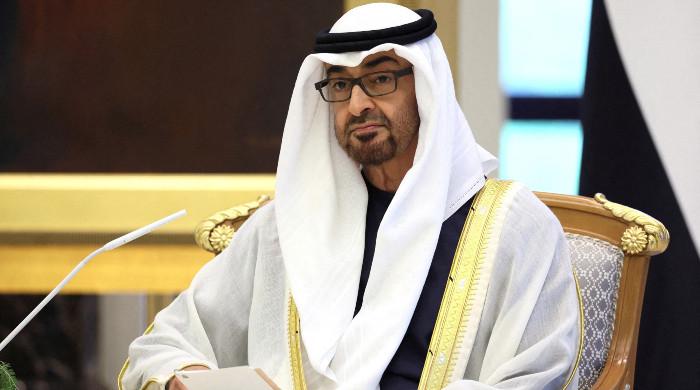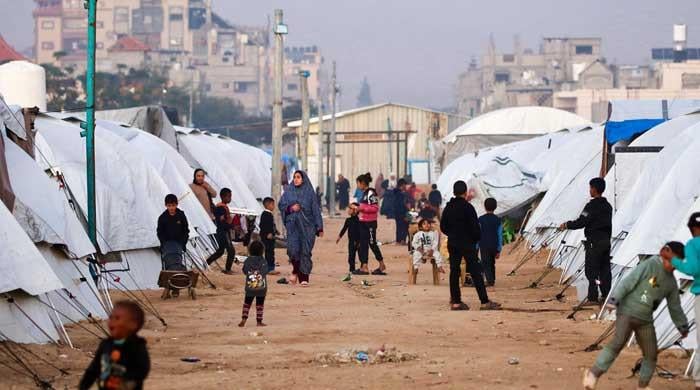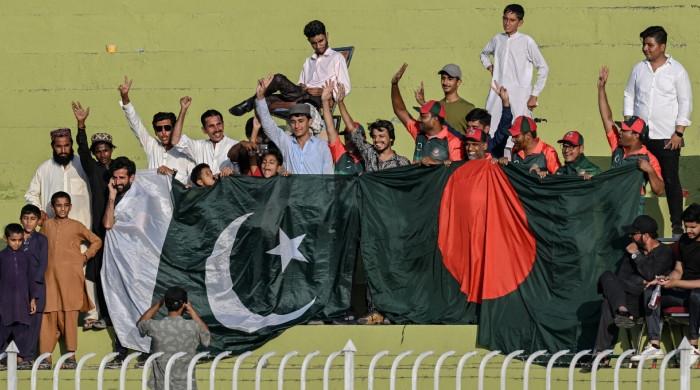Dealing with the new wave of terrorism
Failure of Afghan Taliban to control terrorist organisations proves they consider the TTP as their surrogates
January 07, 2023
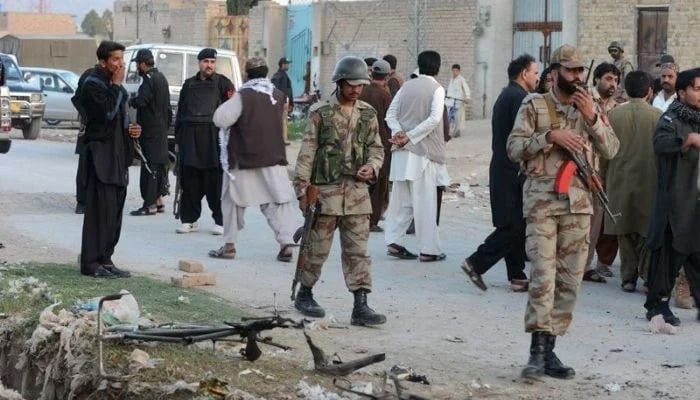
The withdrawal of US forces from Afghanistan in August 2021 created a euphoric feeling in Pakistan that a friendly Taliban government had come into power.
It was assumed that the Taliban would abide by the promises made in the Doha Accord and that their soil would not be used for any militant activity in any other country.
The Taliban government had also promised to grant appropriate rights to women and follow international laws and obligations. The Pakistani government and establishment also optimistically hoped that Indian influence in Afghanistan would reduce considerably, thwarting Indian designs of insurgency inside Pakistan.
The main threat to Pakistan from Afghan soil in the shape of insurgencies and terrorist activities emanated from organisations like the Tehreek-e-Taliban Pakistan (TTP), Daesh of Khorasan Province, and Baloch sub-nationalist groups (BSNG).
Pakistan, with the help of the Afghan Taliban, engaged the TTP because the Afghan Taliban were mothering the latter, who helped the former in the fight against the USA.
These talks resulted in a temporary ceasefire which remained operative for a few months, but the TTP’s refusal to disarm and disband and its insistence on the reversal of erstwhile Fata’s merger with KP resulted in a stalemate.
In November 2022, the TTP called off the ceasefire and started a wave of attacks inside Pakistan on the military, paramilitary, police, and civilian targets.
However, during the ceasefire and after its cessation, there was hardly any difference in the number of attacks and the resultant casualties. According to a report by the National Counter Terrorism Authority (NACTA), “in 2022 every month on average, 84 terrorism incidents occurred in Pakistan in which 48 persons were martyred including the army, paramilitary, police and civilians.
In addition, 122 persons were injured every month on average. Out of a total of 1007 attacks in 2022, there were 19 suicide attacks.” These incidents were conducted by TTP, ISKP and BSNG on the border with Afghanistan and inside Pakistan.
Most of these terrorist acts took place in KP and Balochistan, but places like Lahore, Karachi, and Islamabad were also not spared.
The failure of the Afghan Taliban to control these terrorist organisations proves they consider the TTP as their surrogates. Afghanistan, under the Taliban, serves as strategic depth for the TTP and BSNG.
Whenever an operation is kicked off against them in Pakistan, they flee to Afghanistan. The Afghan Taliban also want various factions of the TTP to unite because the dissident elements of the TTP join Daesh, which has an agenda against both Afghanistan and Pakistan. The Afghan Taliban and TTP both belong to the Hanafi school, while Daesh follows the Salafi ideology.
The history of talks with the terrorists proves that it only works for them. They get legitimacy, space, and strength. Pakistani authorities gave the impression that they were tired of the fighting because of their unsolicited willingness to negotiate.
During the talks, according to informed sources, much was conceded for a shaky ceasefire during which the TTP never called off its terror campaign in Pakistan.
After it ended the ceasefire, the breach of the fence on the Afghan border at several places enabled groups of the TTP to cross over to Pakistan. Similarly, Daesh is also trying to infiltrate Pakistan. Their target is mostly minorities and followers of the Shia sect.
The terrorist groups are better equipped this time because, during the hasty withdrawal of US troops, they were able to lay hands on a lot of sophisticated arms left behind.
Along with terrorist acts, extortion has also become rampant in KP and Balochistan. When TTP fighters resurfaced in the border regions of Swat and in the recently merged tribal district, the local population came out in massive protests to say no to these regressive groups.
Another sore point among the disillusioned youth of these areas is the non-implementation of the promised development plans both by the federal and provincial governments.
The situation in parts of KP and Balochistan has deteriorated to the extent that two National Security Committee (NSC) meetings were held within a week to chalk out a plan to deal with this resurgence of terrorism.
Some areas of Pakistan are serving as safe havens for these terrorist groups; these areas are still not merged and are controlled by a lopsided administrative arrangement where levies control law and order.
These provincially controlled tribal areas of KP called (PATA), B areas of Balochistan, and tribal areas in two districts of Punjab, namely D G Khan and Rajanpur. The terrorist outfits based in Afghanistan use these areas for their hideouts.
In the absence of the police, the Counterterrorism Department (CTD) of the police and Special Branch, army, and the paramilitary FC are burdened with carrying out operations in these areas.
Meanwhile, India is back on Afghan soil and has accorded de-facto recognition to the Taliban regime and has positioned its diplomats in its Kabul Embassy, which will enable it to use anti-Pakistan terrorist groups in Pakistan.
The non-merged areas should be merged with the respective provinces to deny safe havens to terrorist organisations and to bring them to par with the rest of the country administratively.
In the wake of the prevailing situation, a military operation displacing the local population should be avoided at all costs. This time the terrorists are not in control of any chunk of land and are resorting to sporadic terrorist acts.
They are generally hiding in uninhabited areas or on mountain tops. To counter this, the first step should be the repair of the damaged fence on the border and its construction where it is already not installed.
This should be followed by limited kinetic military operations to clear the areas of terrorists’ presence. Once this is achieved, the paramilitary forces can be sent back to protect the borders.
Police and civil administration can then be tasked to carry out the required development work. This will only be possible if the police are equipped with the required wherewithal and enhanced capacity, and necessary finances.
The CTD of the police can take up tactical-level operations to enduring peace and security. A holistic and sustainable long- and short-term proactive national plan can be chalked out to quell this menace on a long-term basis.
NACTA should be revived and revamped to develop counter-narratives to terrorists’ ideologies and to redraft the national internal security policy. To date, the government and its institutions have devoted insufficient attention to non-kinetic measures to address root causes by countering violent religious extremism, de-radicalisation of affected individuals and controlling the provision of funds and weapons to such elements.
NACTA can be entrusted to take up these tasks along with coordination with provincial CTDs, establishing a social media monitoring wing to counter terrorist propaganda and developing a counterterrorism and counter-extremism database. Monitoring and implementation of the National Action Plan should also be the responsibility of NACTA.
The need for raising a national CTD at the federal level after the approval of all the provinces can also be explored. Such an arrangement exists in most federal democracies.
The only fear is its misuse against political opponents, for which some legislative safeguards can be adopted to restrict its operations strictly to proscribed terrorist organisations and terrorist groups which have tentacles in more than one province.
The writer is a retired inspector general of police and former caretaker home minister in Punjab.




